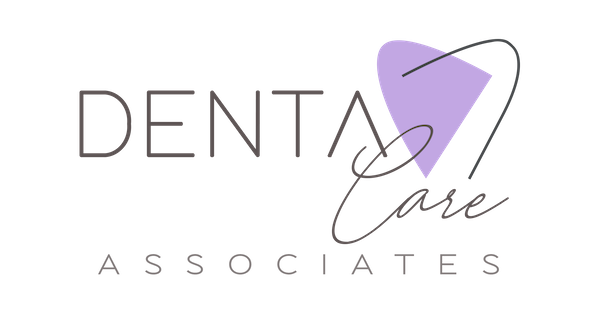Restorative dentistry focuses on repairing and restoring damaged or missing teeth to improve oral health and aesthetics. From common cavities to the challenges of missing teeth, restorative dentistry involves diverse treatments designed to preserve natural teeth and restore optimal function. In this article, we’ll take a look at the most common issues addressed by restorative dentistry and the recommended treatment for each.
Cavities
Cavities—also called tooth decay or dental caries—are among the most common dental problems people face. They develop when plaque buildup leads to the gradual breakdown of tooth enamel. Over time, this demineralization can create small holes or pits in the tooth. You might notice symptoms like sensitivity, pain, or even visible dark spots or pits on the tooth’s surface.
Recommended Treatment: To treat a cavity, the decayed area is carefully removed, and the tooth is filled to restore its strength and function. Dentists often use materials like composite resin, amalgam, or ceramic for fillings—each designed to repair the damage while preserving the tooth’s natural look and feel.
Fractured or Cracked Teeth
Fractured or cracked teeth can occur due to various factors, including trauma, dental injury, or biting on hard objects. Fractures may range from minor surface cracks to severe fractures extending into the tooth's root. Symptoms may include pain, sensitivity to temperature, and difficulty chewing.
Recommended Treatment: Treatment options for fractured or cracked teeth depend on the extent of the damage. Minor cracks may be repaired with dental bonding or a crown, while more extensive fractures may require root canal therapy followed by crown placement to reinforce and protect the tooth.
Dental Abscesses
A dental abscess is a localized collection of pus resulting from a bacterial infection within the tooth or gums. Abscesses often develop as a complication of untreated cavities, cracked teeth, or gum disease. Common symptoms include severe toothache, swelling, fever, and foul-tasting drainage.
Recommended Treatment: Treatment for a dental abscess typically involves draining the pus, eliminating the infection, and addressing the underlying cause. Root canal therapy may be necessary to remove infected pulp tissue and save the tooth, followed by antibiotics to eradicate bacterial infection.
.jpg) Gum Disease (Periodontitis)
Gum Disease (Periodontitis)
Gum disease, or periodontitis, is a chronic inflammatory condition characterized by the progressive breakdown of gum tissue and underlying bone. It is primarily caused by bacterial plaque and tartar accumulation along the gum line, leading to gum inflammation, bleeding, and tooth loss.
Recommended Treatment: Treatment for gum disease aims to control infection, reduce inflammation, and prevent further damage to the gums and supporting structures. Non-surgical treatments such as scaling and root planing (deep cleaning) are often used to remove plaque and tartar, while advanced cases may require surgical interventions.
Missing Teeth (Edentulism)
Missing teeth can result from various causes, including decay, gum disease, trauma, or congenital factors. Beyond aesthetic concerns, missing teeth can lead to functional problems such as difficulty chewing, speech impediments, and shifting of adjacent teeth causing further cosmetic issues.
Recommended Treatment: The treatment for missing teeth depends on the extent of tooth loss. Options include dental implants, bridges, or dentures. Dental implants are the primary treatment for tooth replacement, offering a durable and long-lasting solution that mimics the function and appearance of natural teeth.
Tooth Erosion
Tooth erosion is the gradual wearing away of tooth enamel, often caused by frequent exposure to acids from foods, beverages, or conditions like acid reflux. As the enamel thins, teeth can become more sensitive, discolored, and prone to cavities.
Recommended Treatment: Managing tooth erosion starts with protecting what enamel remains. This may include dietary adjustments to limit acid exposure, professional fluoride treatments to help remineralize enamel, and restorative solutions like dental bonding or veneers to rebuild and protect worn teeth.
Restorative dentistry plays a crucial role in addressing a variety of dental concerns—from cavities and enamel erosion to missing teeth and gum disease. By understanding the early signs and causes of these issues, patients can take proactive steps toward maintaining both the health and appearance of their smiles.
Routine dental visits, consistent oral care, and early treatment are key to keeping your smile strong and vibrant.
Want to learn more about how restorative dentistry can help you? Get in touch with us today!

